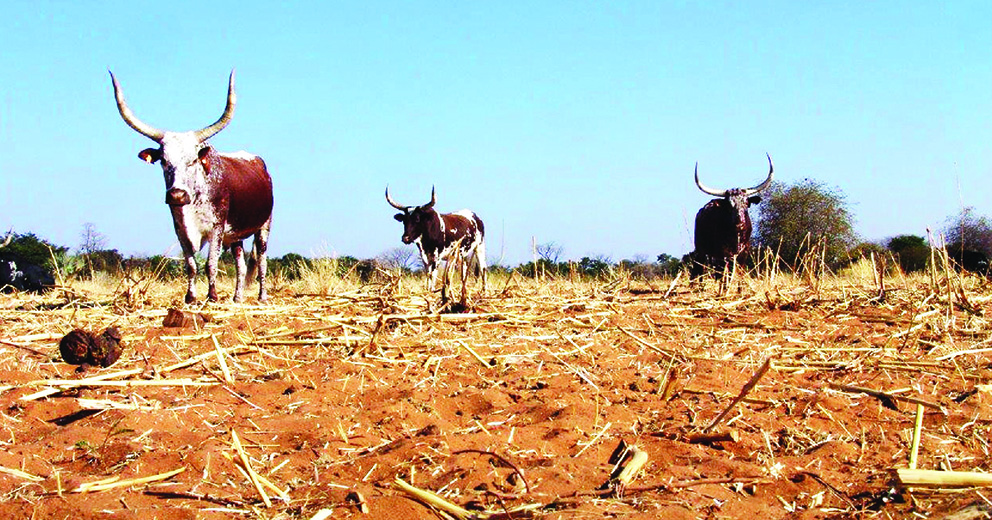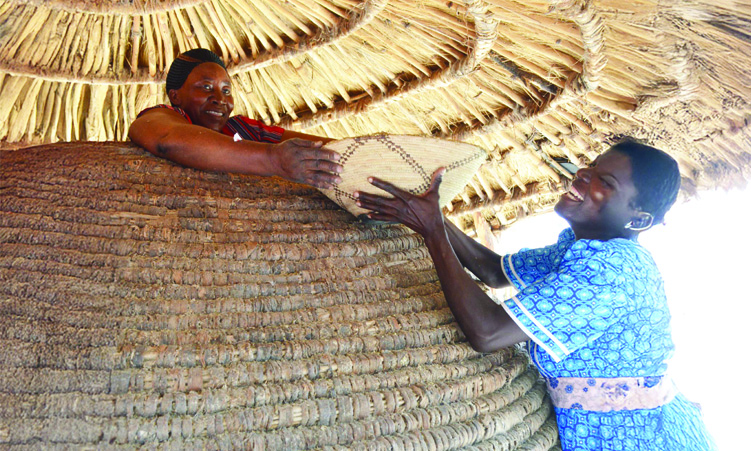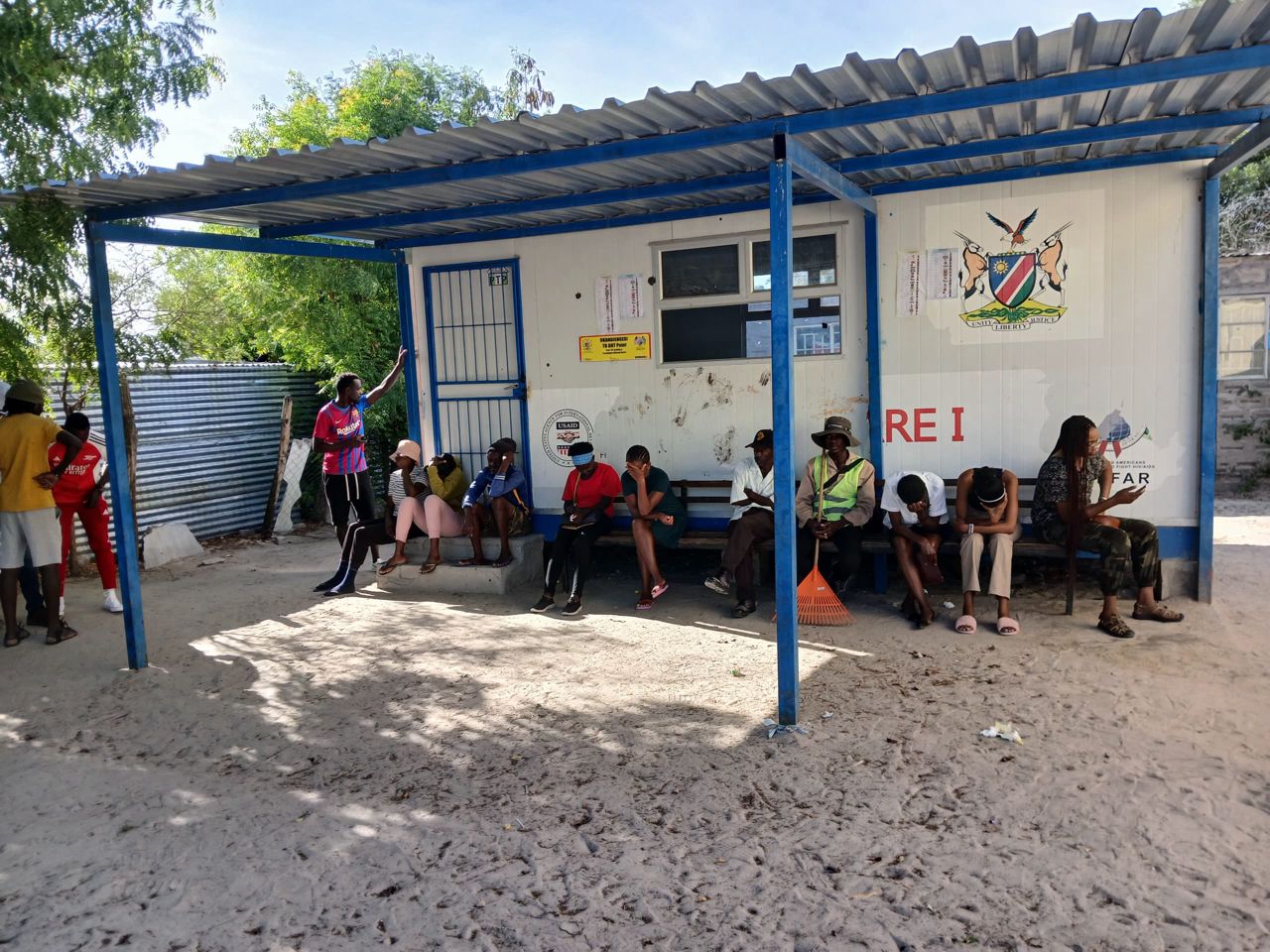Farmers in Owambo are turning their eyes to the sky following the first downpours of the season.
It is decision time now.
Did it rain enough to start planting?
What if there’s now follow-up rain? Is it better to wait until later? These are all questions that have to be considered.
Depending on the rainfall, the planting of mahangu, – the staple diet of the Aawambo, – can stretch from November to around February.
Once there has been enough rain, fields have to be ploughed with donkeys or oxen, but after the devastating drought of the previous rainy season, the animals are in poor condition and cannot be driven too hard.
The more affluent use tractors – with the inevitable disagreement between the difference the hour recorded on the tractor and an hour as we are all used to.
The seeds used for this season’s planting have been carefully selected.
Some farmers plant short-cycle mahangu varieties, such as Okashana-1, which takes about 85 days to mature, followed by traditional long-cycle varieties that take about 120 days to maturity.
Once the fields have been ploughed, women perform the labour-intensive chore to plant the seeds.
The seeds are sown on patches of raised ground, which prevents them from being washed away during heavy rains.
Small holes were traditionally made in the ground with the right foot and the seed dropped into the hollows that were covered with soil.

Weeding of the mahangu fields usually takes place between January and April, depending on the time of planting.
It is a time-consuming and back-breaking chore performed by the women.
On average it takes one woman 27 days to weed a one-hectare field, but fortunately neighbours often lend a hand to lighten the burden.
Harvesting usually takes place between April and July – depending on the rains and the mahangu variety that was planted.
Threshing usually starts about a month after harvesting.
The ears of the mahangu are broken off by hand or cut, placed in baskets, and taken to the threshing floor where they are dried on wooden platforms.
Mechanical means are, however, gradually replacing the traditional means of harvesting.
The seeds are stored in omashisha (grain storage baskets) which are placed on a plaited ring that rests on a circle of wooden supports to protect them against termites.
The omashisha are sheltered against the elements by corrugated iron or thatch-roofed structures.
The omashisha are made in various sizes – small baskets hold between 50kg and 100kg of mahangu, while large baskets can hold anything between 1 000kg and 1 500kg or even more.

Baskets for domestic use are woven by women, but the omashisha are made by men.
A 1.5m tall basket can store enough grain for a family for a year.
To make 1.5-metre tall omashisha takes about six weeks.
A frame of flexible branches is built, and mopane branches are then attached to the outside of the frame in concentric rings and bound by strips of wet bark of mopane branches.
The inside of the basket is lined with clay, while the tight-fitting lid is also sealed with clay to keep insects out.
This craft is slowly dying out as they are increasingly being replaced by plastic silos that last much longer.
The traditional preparation of mahangu flour is a time-consuming and labour-intensive task performed by girls and women.
The dry flour is stored inside the house for immediate use in oshuma (clay pots) or ontungwa (traditional baskets).
Flour for later use is stored in iigandi (large woven baskets).
Mahangu flour is used for oshithima, a stiff porridge that is the staple food of the Aawambo.
It is traditionally served in a woven basket.
The flour is also used to make etete, a thin porridge made with less flour.
Stay informed with The Namibian – your source for credible journalism. Get in-depth reporting and opinions for
only N$85 a month. Invest in journalism, invest in democracy –
Subscribe Now!






